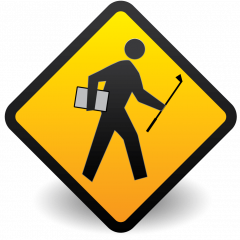IGNORED
10% theory on golf
Note: This thread is 5842 days old. We appreciate that you found this thread instead of starting a new one, but if you plan to post here please make sure it's still relevant. If not, please start a new topic. Thank you!
-
Topics Being Discussed Right Now on The Sand Trap
-
- 10,158 replies
- 727,876 views
-
- 54 replies
- 7,687 views
-
- 2 replies
- 105 views
-
- 9 replies
- 819 views
-
- 1 reply
- 146 views
-






Recommended Posts
Join the conversation
You can post now and register later. If you have an account, sign in now to post with your account.
Note: Your post will require moderator approval before it will be visible.